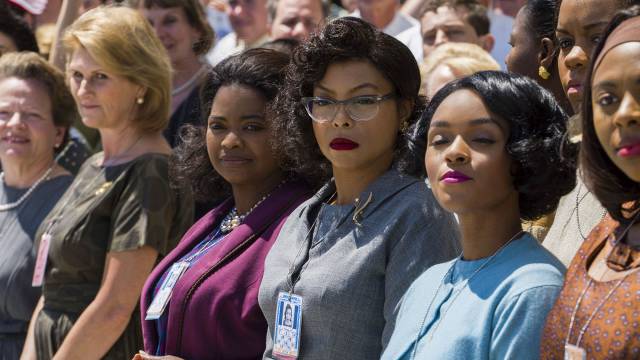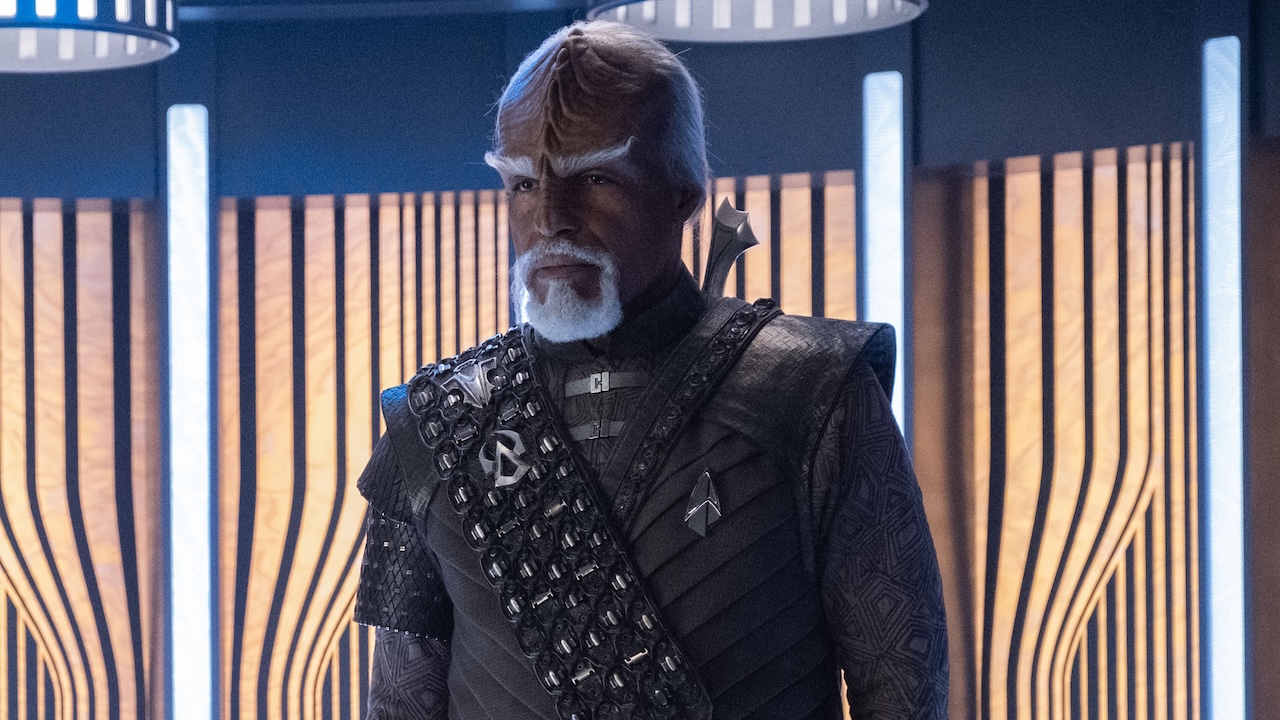Ted Melfi's Hidden Figures is exactly the kind of movie you think that it is, based on the trailers and TV spots. It's a sentimental, inspirational crowd pleaser lifted from the glossed-over corners of our nation's history books, telling a true tale of underdogs overcoming adversity to accomplish something extraordinary. Only, Hidden Figures is an excellent example of this specific type of film, an exceptional film bolstered by sensational performances that stands apart from soft and simple biopic pap because it wrestles complicated social issues to the ground and sets its lessons to a winning beat of original Pharrell Williams tunes. In general, everything about Hidden Figures works, and it all works very, very well.
Set during the tense and turbulent days of the Space Race being waged between NASA, the United States and our international rivals overseas, Hidden Figures spotlights three African-American women who helped move mountains behind the scenes as our nation's top minds worked to orbit John Glenn (Glen Powell) around the Earth. We are shown a young Katherine Johnson (Taraji P. Henson) testing off of the charts in her early education classes, meaning she'd be a no-brainer asset for NASA's space program. Only, obviously, Katherine and her colleagues are African-American, and segregation trumps education during these divided times.
Toiling alongside Katherine Johnson -- and facing their own work-related hurdles -- are Dorothy Vaughan (portrayed by the stoic and patient Octavia Spencer) and Mary Jackson (played by feisty newcomer Janelle Monae). The former, despite years of on-the-job dedication, can't seem to qualify for a managerial position at NASA, for which she's practically overqualified. The latter is pursuing a degree in engineering, but has to wage war in the legal system to simply earn the right to attend classes for which she's more than prepared to dominate.
Melfi spends enough time with these ladies to keep us invested in the outcomes of their struggles, but the bulk of Hidden Figures is dedicated to Katherine Johnson. And to borrow a celestial analogy apropos of the story, Taraji P. Henson holds court like a planet around which everyone else in Hidden Figures orbits, attracted by the gravitational pull of her dramatic intensity. I don't watch Empire, but Hidden Figures convinced me to start giving it a try. Henson is spectacular here, plugging into the wide range of emotions needed to illustrate the steps of Katherine's realistically complicated journey. First, she's a woman, trying to succeed in the brainy Boys' Club that is NASA in the 1960s. Second, she's a Black woman trying to carve her niche in a segregated nation. Melfi tries to round out Katherine's calculated personality by giving her a love interest (Moonlight's Mahershala Ali), but it's unnecessary. Everything we really need out of Hidden Figures happens in the hallways and offices of NASA as Katherine helps crunch numbers to get John Glenn into orbit and back.
In this effort, Henson is met by two white, male actors counterbalancing her uphill battle. Big Bang star Jim Parsons brings a shade of that nerdy character to Hidden Figures to play a colleague who doubts Katherine's abilities... until he doesn't. The meatier part goes to Kevin Costner, who's "boss" character is a composite of several real scientists at NASA, which Costner molds into a warm gel of support and superiority, pushing Katherine to be the best that she can be. Hidden Figures is at its absolute best when Henson and Costner bubble their conflict to a boiling point and argue about where Katherine spends the bulk of her time... racing across NASA's campus to use a Colored's Only restroom. It's a Movie Star scene, and they each give Movie Star performances in it. I wouldn't be stunned if that scene, alone, earns them Oscar nominations.
The rest of Hidden Figures falls in line, pushing the right buttons and pulling the right strings to deliver a winning, crowd-pleasing historical drama that's American in its unabashed pull-yourself-up-by-your-bootstraps and overcome tone and mentality. Again, it's probably exactly the type of movie that you think that it is. Only, it's better at being that type of movie than you probably expected.
Your Daily Blend of Entertainment News

Sean O’Connell is a journalist and CinemaBlend’s Managing Editor. Having been with the site since 2011, Sean interviewed myriad directors, actors and producers, and created ReelBlend, which he proudly cohosts with Jake Hamilton and Kevin McCarthy. And he's the author of RELEASE THE SNYDER CUT, the Spider-Man history book WITH GREAT POWER, and an upcoming book about Bruce Willis.

